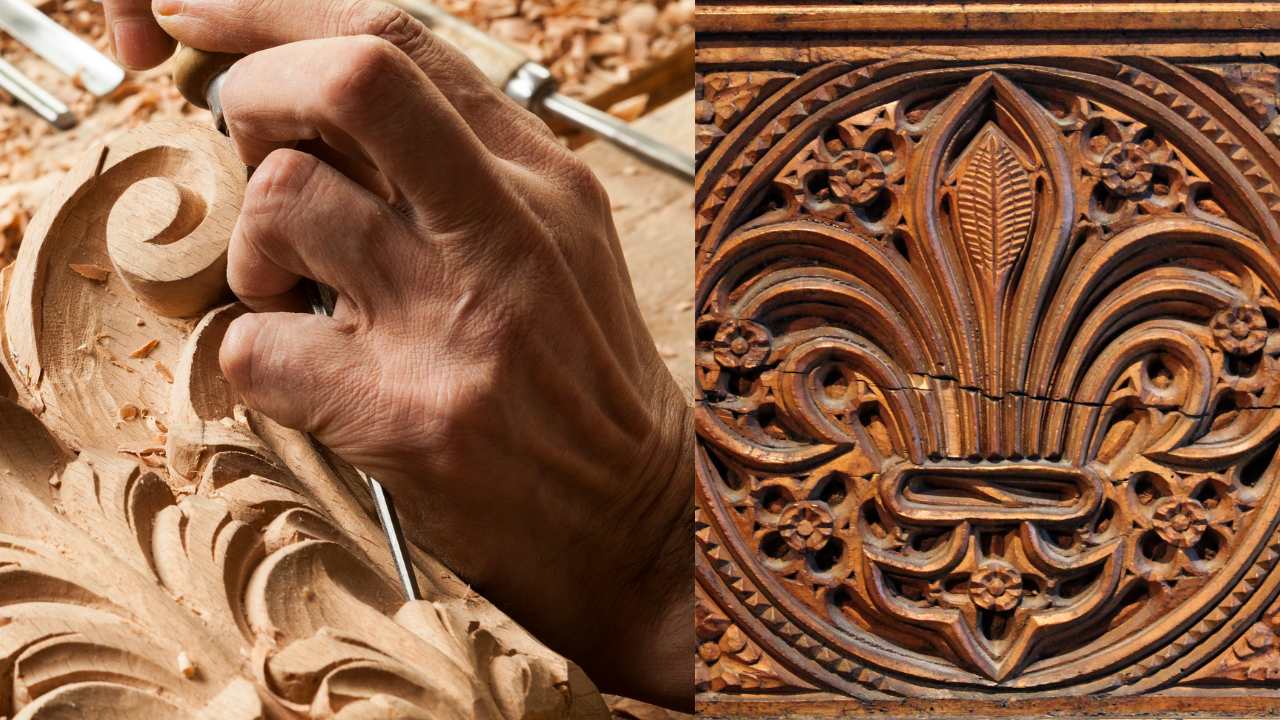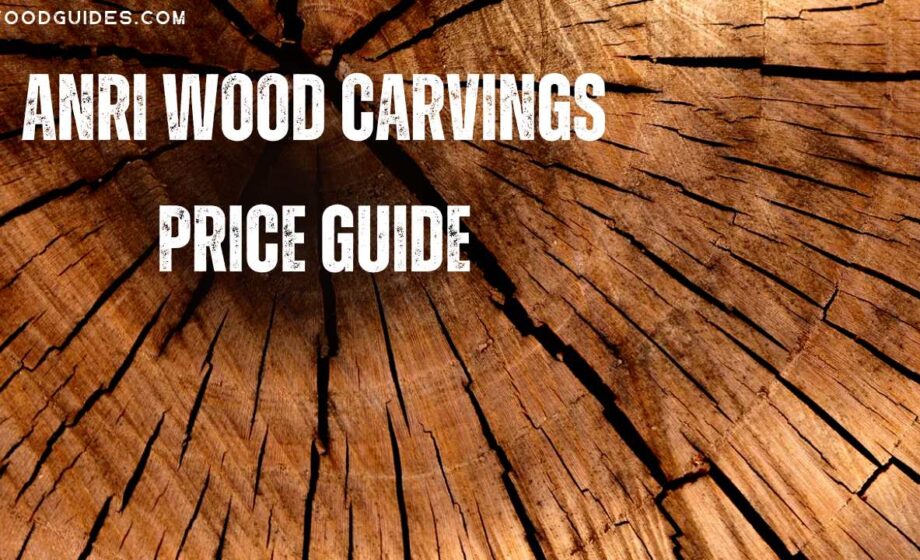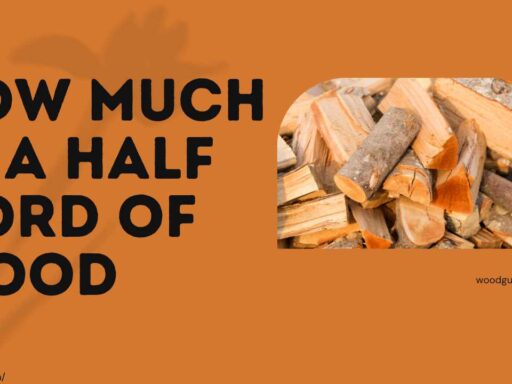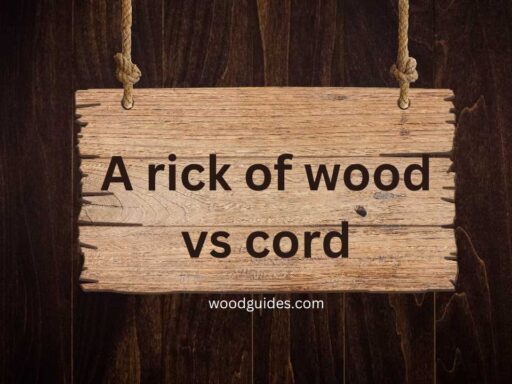Get insights into the prices of Anri wood carvings price guide with our informative guide. Explore the market value of these unique and handcrafted collectibles.
Anri wood carvings price guide have long been celebrated for their intricate design, exceptional craftsmanship, and the warmth they bring to the homes of collectors around the world. Originating from the heart of the Dolomites in Italy, these pieces carry with them a rich history and a tradition of artistry that spans over a century. My own journey into the world of Anri carvings began several years ago, and it has been a passion fueled by the beauty and uniqueness of each piece.
The History and Legacy of Anri wood carvings price guide
The story of Anri wood carvings starts in the late 19th century, in the small town of Ortisei in Val Gardena, Italy. It was here that craftsmen began to carve figures from the local woods, a tradition that was to evolve into the Anri company we know today. The legacy of these artisans is not just in the carvings themselves but in the techniques passed down through generations, techniques that have made Anri synonymous with quality and artistry.
The Origins of Anri wood carvings price guide
Anri wood carvings price guide have their roots in the small Italian village of Ortisei, nestled in the heart of the Dolomite Mountains. The art form emerged in the late 19th century when local farmers and woodworkers began to carve religious figures during the harsh winter months. These pieces were often sold as souvenirs to tourists passing through the village. Eventually, the craft evolved into creating more complex and detailed carvings, depicting scenes from everyday life, folklore, and even popular culture. Today, Anri wood carvings are still handcrafted in Ortisei by skilled artisans who carry on the tradition of this unique art form.
The Elements Affecting Anri Wood Carvings Pricing
The value of Anri wood carvings is determined by several factors, including the quality of materials used, the skill of the artisan, and the rarity of the piece. Each element plays a crucial role in determining the overall pricing of an Anri carving.
Materials Used
Traditionally, Anri wood carvings are made from a single piece of wood, mostly from the native Italian Linden tree. This type of wood is known for its softness, making it ideal for intricate carving work. However, some Anri carvings may also incorporate other types of Wood Stain, such as maple or cherry, to add color and depth to the piece.
Artisan Skill
Anri wood carvings are known for their exceptional level of detail and lifelike expressions. These features can only be achieved through the skilled hands of a master carver. The more experienced and talented the artisan is, the higher the value of their work.
Rarity
Anri wood carvings that depict unique or rare subject matters are highly sought after by collectors, leading to a higher price tag. Additionally, limited edition or retired pieces also tend to have a higher value due to their scarcity.
Understanding the Grading System of Anri wood carvings price guide
A grading system is in place to help buyers understand the quality and value of an Anri wood carving. This system ranges from A to F, with A being the highest grade and F being the lowest. The grading is based on several criteria, including:
- Quality of carving and detailing
- Proportion and balance of the piece
- Finish and color of the wood
- Overall aesthetic appeal
Anri carvings with an A grade are considered to be museum-quality pieces, while those with a B or C grade are still highly valued but may have minor flaws or imperfections. Pieces with a D grade are typically considered average, while those with an F grade may have significant flaws and lower values.
What Makes Anri Wood Carvings Unique and Valuable?
What sets Anri wood carvings apart is not just the skill involved in their creation but the soul that seems to inhabit each piece. Every curve and every detail speaks of the love and care poured into the work. It is this, coupled with the rarity of certain pieces and the stories they tell, that imbues Anri carvings with their unique value.
The aesthetic appeal of Anri wood carvings also plays a significant role in their worth. These pieces are not only beautifully crafted but also feature intricate designs and vibrant colors that make them stand out from other types of woodcarvings. Their delicate features and lifelike expressions give them a captivating charm that draws in collectors and art enthusiasts alike.
Furthermore, the history behind Anri wood carvings adds to their appeal and value. This traditional craft has been passed down through generations, with each artist bringing their own unique style and techniques to the table. As such, every piece carries with it a sense of cultural heritage and craftsmanship that cannot be replicated.
But perhaps what truly makes Anri wood carvings so appealing is their versatility.
Factors that Influence the Price of Anri Wood Carvings
Several factors come into play when determining the value of Anri carvings. Age, rarity, condition, and the artist’s renown all contribute to the price. Limited edition pieces or those from particularly sought-after collections can command high prices, as can older pieces that reflect a historical period of the craft.
Anri wood carvings price guide Price Guide: Understanding the Market Value
Navigating the market for Anri carvings requires an understanding of these factors. Prices can range from a few hundred to several thousand dollars, depending on the specifics of the piece. My advice to collectors is always to research thoroughly and consult the latest price guides and auction results to get a sense of current market trends. Another important aspect to consider is the condition of the carving. Any chips, cracks, or other damage can significantly decrease its value. It’s also worth noting that Anri carvings with original packaging and documentation tend to fetch higher prices.
The age of a carving is another significant factor in determining its value. Generally, older carvings are considered more valuable as they carry a sense of history and craftsmanship from a specific time period. However, this does not mean that newer carvings have no value at all; some contemporary artists are highly renowned, and their pieces can sell at high prices.
Rarity is another key element in pricing Anri carvings. Limited edition pieces or those from specific collections that are no longer being produced can greatly increase the value of a carving. Additionally, certain themes or styles may be more sought after by collectors and can drive up the price.

Collecting Anri Wood Carvings: Tips for Buyers
For those looking to start or expand their collection, my first tip is to buy what you love. Beyond that, it’s vital to verify the authenticity of the piece and its condition. Engaging with reputable dealers or auction houses and seeking out expert opinions can also help in making informed decisions. Keeping track of the history and provenience of the carving can also add value to the piece. Lastly, don’t be afraid to negotiate the price, but always do so respectfully. With patience and dedication, collecting Anri wood carvings can become a fulfilling and potentially lucrative hobby.
Where to Buy and Sell Anri Wood Carvings
There are several avenues for buying and selling Anri carvings, from online platforms and auctions to specialized dealers and collector shows. Each offers its own advantages, whether it’s the breadth of selection online or the opportunity to closely inspect pieces in person at a show. When purchasing from a dealer or at an auction, it’s important to ask for provenance and documentation of authenticity. The Anri company also has its retail shops in Italy and Germany, where collectors can find rare and exclusive pieces.
For those looking to sell their Anri wood carvings, there are several options as well. Online marketplaces such as eBay and Etsy offer a wide reach and potential buyers from all over the world. However, be prepared to do your research on pricing and shipping costs. Specialized dealers may offer more personalized attention and knowledge about the value of your piece.
How to Properly Care for Anri Wood Carvings
Caring for Anri wood carvings ensures their beauty and value for years to come. This involves protecting them from extreme temperatures and humidity, dusting them gently, and avoiding the use of harsh chemicals. Proper care also means handling the pieces carefully to avoid damaging their intricate details. Here are some tips for properly caring for your Anri wood carvings:
1. Protect from Extreme Temperatures and Humidity
One of the biggest threats to wood carvings is extreme temperatures and humidity. These can cause the wood to expand or contract, leading to cracks or warping. It’s important to keep your Anri wood carvings in a stable environment with moderate levels of temperature and humidity. Avoid placing them near sources of heat, such as radiators or fireplaces, and keep them away from areas prone to moisture, like bathrooms.
2. Gently Dust Regularly
Regular dusting is key to keeping your Anri wood carvings clean and free of buildup that can damage the surface over time. Use a soft, dry cloth or a feather duster to gently remove any dust. Avoid using harsh chemicals or abrasive materials, as they can scratch or damage the wood.
3. Store in a Safe Place
When not on display, it’s important to store your Anri wood carvings in a safe place to protect them from potential accidents or damage. The best way to do this is by wrapping them in acid-free tissue paper and storing them in a box made of acid-free materials. This will help prevent any discoloration or deterioration of the wood over time.
4. Handle with Care
Wood carvings are delicate pieces of art and should be handled with care. When moving your Anri wood carvings, be sure to support the base or the sturdiest part of the carving to avoid any stress on the more delicate parts. Avoid placing any heavy objects on top of them, and be mindful of their fragility.
5. Keep Away from Direct Sunlight
Exposure to direct sunlight can cause fading and discoloration to your Anri wood carvings, so it’s important to keep them out of direct sunlight. If you choose to display them in a well-lit area, consider using UV-protective glass or keeping them behind curtains or shades.
6. Rotate your Display
To prevent one side of your Anri wood carvings from fading or becoming discolored due to exposure, it’s important to rotate their display regularly. This will also help prevent dust and dirt from building up on one side, keeping your carvings looking their best.
7. Handle with Care
When handling your Anri wood carvings, always use two hands and be gentle. Avoid touching the delicate details or applying too much pressure. It’s also important to avoid using harsh cleaning chemicals or abrasive materials when cleaning them.
8. Store Properly
If you need to store your Anri wood carvings for an extended period of time, make sure to wrap them in acid-free paper and store them in a dry, cool place away from direct sunlight. This will help prevent any damage or deterioration while they are not on display.
By following these tips, you can ensure that your Anri wood carvings will remain beautiful for years to come. Remember, these are not just ordinary decorations but pieces of art that should be treated with care and respect. So, next time you admire your Anri wood carving, take a moment to appreciate the craftsmanship and the history behind it.
Famous Anri Wood Carvings and Their Price Tags
Some Anri carvings have achieved fame for their artistry, rarity, or the stories behind them. Pieces like the “Sarah Kay” series or the work of renowned carvers like Juan Ferrandiz have become highly sought after, with price tags to match their fame and desirability.
Frequently Asked Questions
What Is the Best Way to Care for Anri Wood Carvings?
Proper care involves keeping them out of direct sunlight, maintaining a stable humidity level, and dusting gently with a soft brush or cloth. Avoid using chemical cleaners or water, which can damage the wood.
Are There Fake Anri Wood Carvings?
Yes, as with many valuable collectibles, there are imitations. Authentic pieces usually have a signature, a stamp from the manufacturer, or a certificate of authenticity. Familiarizing yourself with the characteristics of genuine Anri carvings can help distinguish them from fakes.
How Can I Determine the Age of Anri Wood Carvings?
The age can often be inferred from the style, the artist’s signature, and the manufacturing marks. Consulting with experts or referring to specialized guides and catalogs can also provide valuable insights.
Can I Restore Damaged Anri Wood Carvings?
While restoration is possible, it should be done by professionals specializing in wood carving restoration. Inexpert restoration work can decrease the item’s value.
Where Can I Learn More About Anri Artists?
Information on Anri artists can be found in specialized books, collectors’ guides, and through collectors’ clubs and online forums dedicated to Anri wood carvings.
Conclusion: The Timeless Beauty and Value of Anri Wood Carvings Price Guide
Anri wood carvings hold a special place in the world of art and collectibles. Their value lies not just in their monetary worth but in the tradition, craftsmanship, and history they embody. As we delve into the world of these exquisite artworks, we unlock not only their financial value but also their ability to connect us with a rich heritage of artistry.




